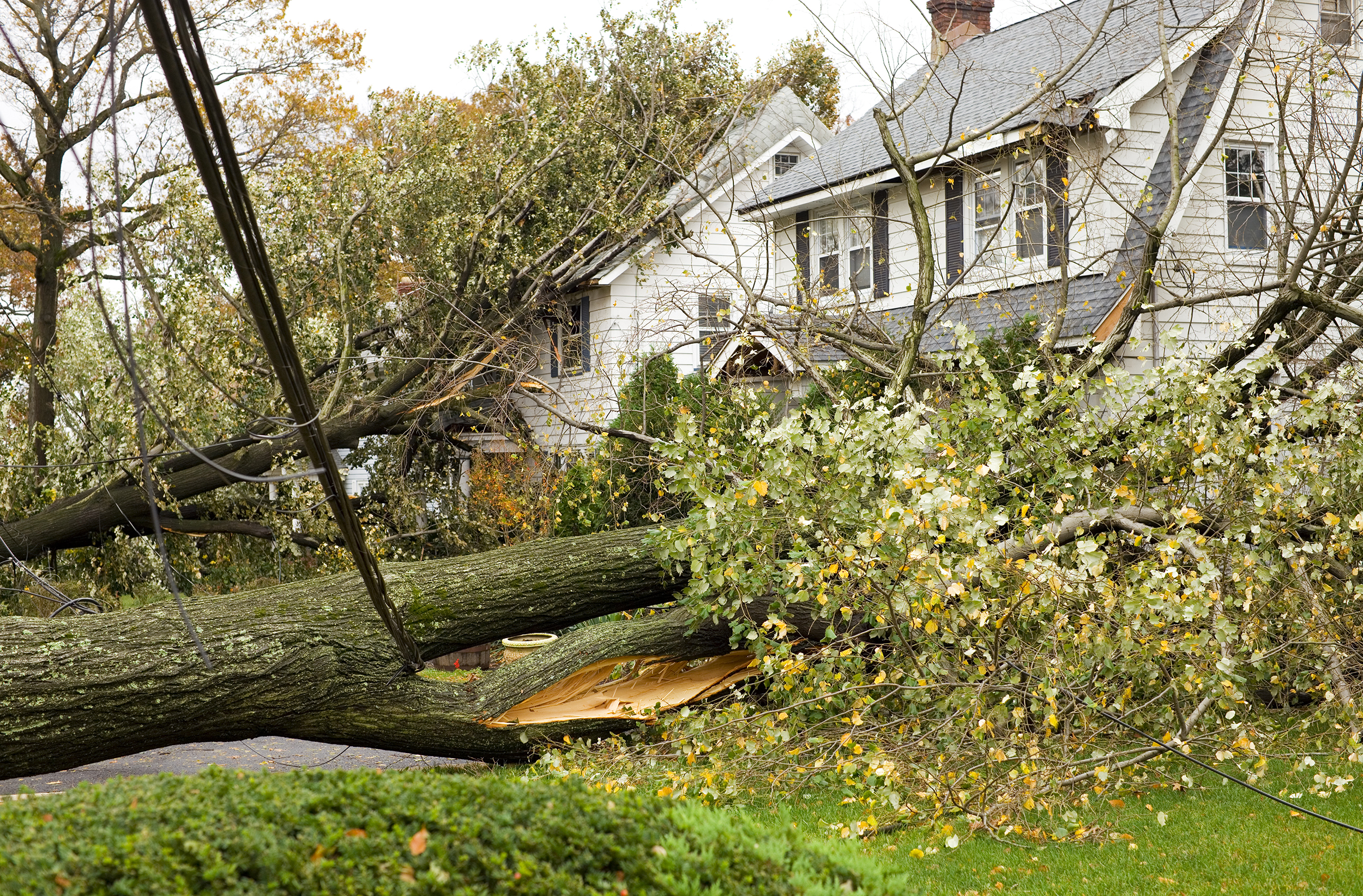
15 Apr Is Your Agency Prepared When Disasters Happen?
My blog earlier this month discussed severe weather and wildfire preparation. I mentioned weather impact warnings for my area that could result in a rough couple of days. As anticipated, we got hit — 14 tornados, hail damage as I have never seen, and winds at over 100 miles an hour. Sadly, 13 people lost their lives. My thoughts turned to my last blog. I wondered if the insureds were prepared. We live in Tornado Alley, so most people know where to go and what to do. My question comes when people go to rebuild. Are they prepared for that? Do they know what they have and what to expect? Are your insureds going to be surprised to find out that they don’t have the coverage they thought they had? So, back to my original question: Is your agency prepared?
Insurance agencies play a crucial role in managing the aftermath of disasters by providing much-needed support to affected individuals and businesses. Effectively handling disaster claims requires agencies to be well-prepared, efficient, and empathetic.
The reality is this starts way before the disaster strikes. It begins with the “discovery process” when you write the account. The goal is to identify hazards and exposures, offer suggestions, and prospects choose what they want to transfer to an insurance policy or “self-insure.” Our job is to provide a thorough education about policy coverages, helping clients understand what is covered and excluded. It is much easier to discuss and memorialize these conversations before disaster strikes than after. Hopefully, this will avoid the “I thought I had that coverage” statements. If not, we have the documentation to prove what they chose to purchase and what they declined. Now, when you will be asked why they didn’t have the needed coverages at the time of loss, you have the answers.
The proof is in the files. As your reviewers, we stress the key component: Identify (Risk Analysis). Once hazards and exposures are identified, suggest ways to protect, confirm purchase decisions and declinations, offer again at renewal and ask about changes, and memorialize conversations with clients and carriers.
During the claims process, agencies want to ensure that clients receive the benefits they are entitled to. Most agencies prefer to let the carriers do their job. We feel we are more like advocates today, which involves processing claims and standing up for clients when and if needed. Every agency wants to ensure that clients receive fair treatment and what the policy provides.
Of course, the agency must have a robust disaster response plan in place. This plan includes clear claims intake, assessment, and processing protocols. Staff should be trained in disaster management and customer service to ensure they can handle an influx of claims promptly and compassionately.
Technology can also greatly aid in the swift handling of disaster claims. Implementing advanced claims management systems allows quicker data collection, accurate damage assessment, and streamlined communication between the agency, claimants, and other stakeholders.
Working with local authorities and emergency services can enhance an agency’s ability to respond effectively.
Insurance agencies should also focus on clear and transparent communication with their clients. Providing timely updates and setting realistic expectations can help alleviate the stress and uncertainty that often accompany disaster situations.
Finally, agencies need to consider disasters’ emotional and psychological impact on their clients. Demonstrating empathy and understanding can strengthen client relationships and build trust, which is invaluable in times of crisis.
Is your agency prepared? Only you can answer that question.


